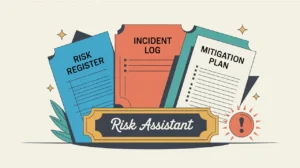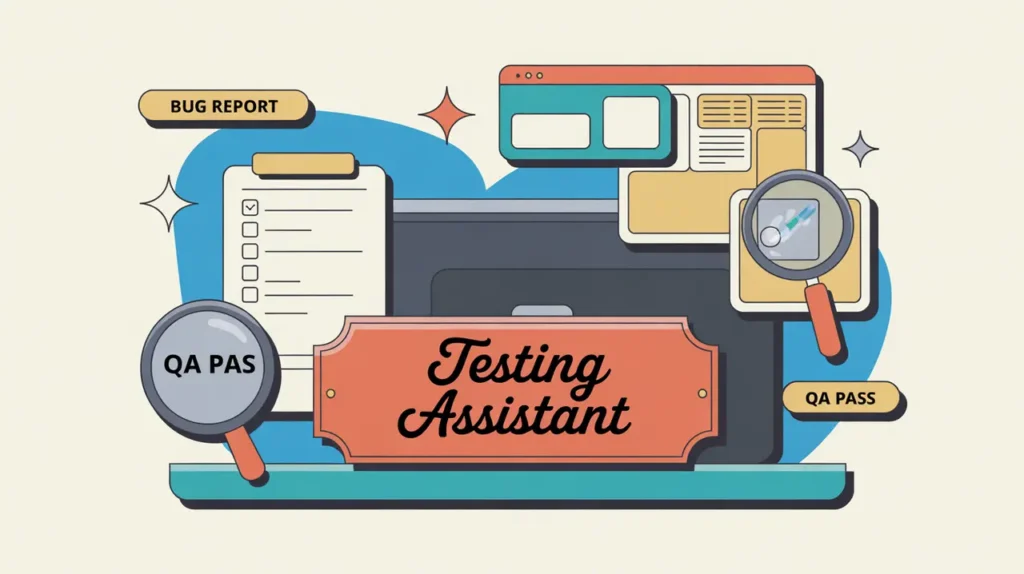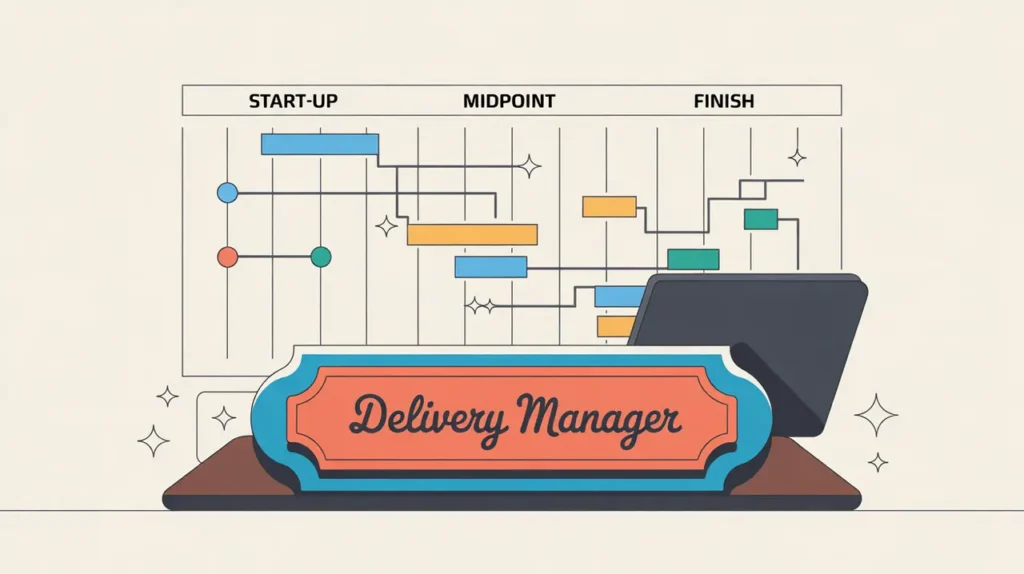What Does the UX/UI Specialist Role Involve?
A UX/UI Specialist is responsible for designing and optimizing user experiences and interfaces across digital products, services, or systems. They blend user research insights with design principles to create intuitive, accessible, and visually coherent interfaces that meet both user needs and organizational objectives. Their work spans wireframing, prototyping, visual design, interaction design, and usability testing, ensuring that digital experiences are functional, user-centered, and aligned with brand identity.
In nonprofits and social enterprises, UX/UI Specialists play a critical role in making platforms and tools easy to use for diverse audiences, including staff, partners, and community members who may operate in low-resource or multilingual environments.
At What Level does this Role Operate?
Mid Level: UX/UI Specialists typically report to a Product Lead, Design Lead, Technology Manager, or Program Innovation Lead. They operate with moderate autonomy, often taking responsibility for the full user experience and interface design of specific products or programs. They work closely with researchers, developers, and program teams to translate user insights into elegant, functional designs.
Relative Employability: UX/UI Specialist roles are increasingly in demand as nonprofits and social enterprises build or adapt digital platforms to serve diverse user bases. Organizations working in education, health, financial inclusion, and civic engagement particularly benefit from in-house design expertise.
Relative Pay Scale: UX/UI Specialists generally occupy the mid to upper pay bands, reflecting their specialized skill set and direct impact on user engagement and platform effectiveness. Their compensation typically aligns with technical specialists or senior program designers.
What are the Key Responsibilities and Activities?
- Translate user research findings into user flows, wireframes, prototypes, and high-fidelity designs
- Design interfaces that are accessible, responsive, and aligned with organizational brand guidelines
- Develop and maintain design systems, component libraries, and interaction patterns to ensure consistency across products
- Collaborate with UX Researchers to test and refine designs based on user feedback
- Work with developers to ensure accurate implementation of designs and troubleshoot design-related issues
- Conduct usability testing to validate design choices and identify areas for improvement
- Optimize existing interfaces to improve user experience, accessibility, and engagement
- Stay current with best practices in UX, UI, accessibility, and design technologies
What Core Competencies and Qualifications are Needed?
Required Qualifications and Experience
The following reflect common qualifications and experience expected for this role, while recognizing that pathways may vary by context, organization, and region.
- Relevant academic background in design, human-computer interaction, human-centered design, or related fields
- Demonstrated experience designing digital interfaces and experiences through a portfolio of work
- Proficiency in design tools such as Figma, Sketch, Adobe XD, or similar platforms
- Familiarity with front-end development processes to ensure seamless collaboration with developers
- Understanding of accessibility standards, UX principles, and usability testing methods
Key Competencies
- Strong visual and interaction design skills
- Ability to translate research insights into functional design solutions
- Knowledge of accessibility and inclusive design practices
- Attention to detail and commitment to quality
- Clear communication and collaboration with cross-functional teams
- Problem-solving mindset for balancing user needs and technical constraints
How are AI and Automation Shaping this Role?
An AI-native UX/UI Specialist can use AI tools to generate design concepts, create responsive layouts, automate accessibility checks, and conduct rapid usability testing. AI can also support interface optimization by analyzing user behavior data to suggest improvements. These tools allow designers to focus more on strategic design decisions, storytelling, and refining user experiences.
What Career Pathways and Transferable Skills are Associated with this Role?
UX/UI Specialists can progress to roles such as Senior Designer, Product Designer, Design Lead, or Head of Design. Their skills in human-centered design, visual communication, and cross-functional collaboration are transferable to roles in product strategy, service design, and digital innovation. Over time, they may lead design teams, shape organizational design systems, or oversee product development strategies at a senior level.







